Eikthyrnir – Mythical Male Deer And Heidrun She-Goat Stand On The Top Of Valhalla
A. Sutherland - AncientPages.com - Many fascinating, mythical animals dwell in and around the sacred tree Yggdrasil. We know the squirrel Ratatoskr, that is plotting intrigue and spreading gossips, and the Nidhogg (Nídhöggr), a dreadful winged corpse-eating dragon that hates Asgard and Yggdrasil.
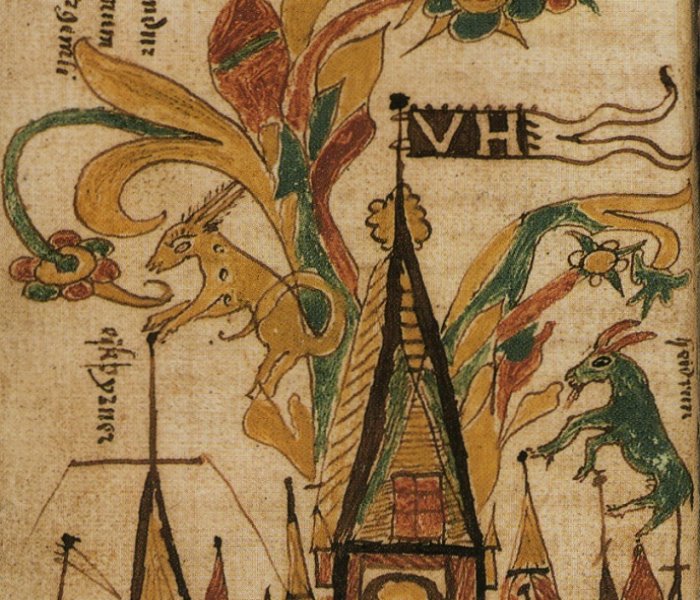
The stag Eikþyrnir and the goat Heiðrún on top of Valhalla. Icelandic manuscript 17th century. Image credit:Árni Magnússon Institute, Iceland via Wikipedia
Both inhabitants of Asgard, Eikthyrnir (“Oak Thorny”), a magical male deer (stag), and she-goat Heidrun are two other creatures involved in life of Valhalla, Asgard, and the sacred ash, Yggdrasil.
These two are often depicted together on medieval engravings showing the entrance to Valhalla.
Laeradr Tree And What Do A Stag And She-Goat Do On Its Top?
In myths and legends, Eikthyrnir and Heidrun are described as standing atop Valhalla and consuming the leaves of evergreen Yggdrasil’s highest branch – Laerad (Laeradr).
Eikthyrnir appears in Grímnismál, (or "Song of Grimnir"), included in the “Poetic Edda”, the oldest work of the oldest monument of Icelandic writings. In "Song of Grimnir" an image of the origin of the universe was created: the magical ash of Yggdrasil, a description of the animals inhabiting it, and details of the creation of the world from the body of the giant Ymir.
In Snorri's 'Grimnismal' we read that Eikthyrnir is a source of waters:
"Eikthyrnir is the hart’s name
who stands of Father of Hosts’ hall
and grazes Lærad’s branches;
and from his horns liquid drips into Hvergelmir,
from thence all waters have their flowing...."
Eikthyrnir, draws its strength from Yggdrasil, the source of all life and the abode of mythical nine Norse worlds. As recorded in the “Gylfaginning” of the Prose Edda by Snorri Sturluson, and attested in the 13th century Poetic Edda, a mysterious fluid (water) dropped from his antlers, falls down into Hvergelmir (in Old Norse: “bubbling boiling spring").
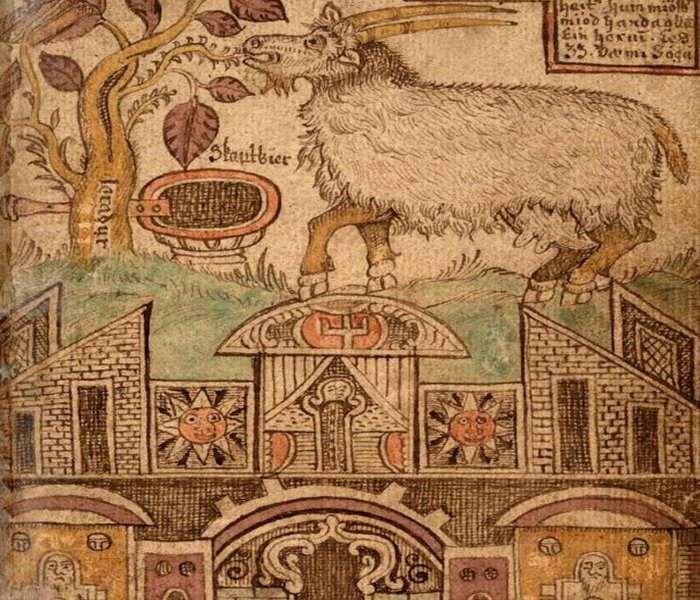
Heidrun eats the leaves of Læraðr atop Valhalla in an illustration from an 18th-century Icelandic manuscript (the Arni Magnusson Institute in Iceland). Image credit: Wikipedia
Hvergelmir is the source of ‘Elivagar - eleven rivers: they are cool Svol and Gunnthra the defiant, Fjorm and bubbling Fimbulthul, fearsome Slid and storming Hrid, Sylg, Ylg, broad Vid and Leipt which streaks like lightning, and freezing Gjoll, according to Norse beliefs.
The well - inhabited by many snakes and the dragon Nidhogg - is located in Niflheim which is the most inhospitable world of densest mists and fogs. Two other wells are: Urðarbrunnr that lies beneath the Yggdrasil and is associated with a trio of Norns, and Mímisbrunnr, located close to the home of frost giants, Jötunheimr.
She-Goat Heidrun Delivers Heavenly Mead To Gods And Warriors
The she-goat Heidrun, stands on the roof of Valhalla cropping the branches of a tree called Laerad, often identified with Yggdrasil.
In Snorri Sturluson's Gylfaginning (Prose Edda) we read:
“The she-goat, she who is called Heidrún, stands up in Valhall and bites the needles from the limb of that tree which is very famous, and is called [Léraðr]; and from her udders mead runs so copiously, that she fills a tun every day…”
Heidrun produces a never-ending supply of magnificent mead that nourishes the gods and the fallen heroes who fight every day in Valhalla. (‘Gylfaginning’).
The mead fills a great drinking crock in the hall, enough of it to even make all the heroes drunken but the fallen warriors are also fed on the best meat that comes from the magical creature, Saehrimnir. In Norse mythology, Sæhrímnir is a boar killed and eaten every night. After Sæhrímnir is eaten, the beast is brought back to life again to provide nutrition for the following day in Valhalla.
According to Snorri Sturluson in ‘Gylfaginning’, food is not a problem because there will never be so many people in Valhalla that the meat of Sæhrímnir cannot sufficiently feed them.
Thus, the warriors never lack food for the next day of life in paradise.
Written by – A. Sutherland - AncientPages.com Senior Staff Writer
Copyright © AncientPages.com All rights reserved. This material may not be published, broadcast, rewritten or redistributed in whole or part without the express written permission of AncientPages.com
Expand for referencesReferences:
Lindow, John (2001). Norse Mythology
Brink Nicholas E. Baldr's Magic
More From Ancient Pages
-
 19 Cannons Shot From British Ships During The American Revolution Discovered In Savannah River
Archaeology | Apr 29, 2022
19 Cannons Shot From British Ships During The American Revolution Discovered In Savannah River
Archaeology | Apr 29, 2022 -
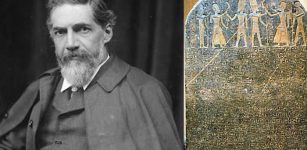 On This Day In History: Famous British Archaeologist And Egyptologist Sir Flinders Petrie Born – On June 3, 1853
News | Jun 3, 2016
On This Day In History: Famous British Archaeologist And Egyptologist Sir Flinders Petrie Born – On June 3, 1853
News | Jun 3, 2016 -
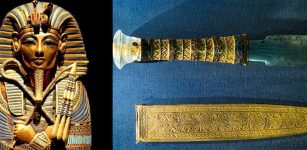 Tutankhamun Had An Ancient Dagger From Outer Space
Archaeology | Jun 1, 2016
Tutankhamun Had An Ancient Dagger From Outer Space
Archaeology | Jun 1, 2016 -
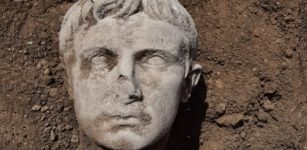 Marble Head Of Roman Emperor Augustus Unearthed In Isernia, Italy
Archaeology | May 7, 2021
Marble Head Of Roman Emperor Augustus Unearthed In Isernia, Italy
Archaeology | May 7, 2021 -
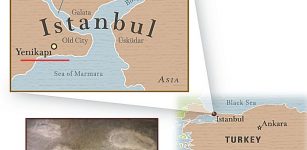 Yenikapı Excavations Reveal 8,500-Year-Old Artifacts
Archaeology | Jan 10, 2016
Yenikapı Excavations Reveal 8,500-Year-Old Artifacts
Archaeology | Jan 10, 2016 -
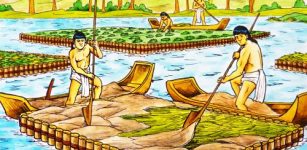 Chinampas: Artificial Islands Created By The Aztecs To Improve Agriculture
Ancient History Facts | May 17, 2016
Chinampas: Artificial Islands Created By The Aztecs To Improve Agriculture
Ancient History Facts | May 17, 2016 -
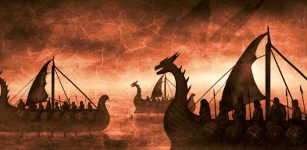 The Fierce Great Heathen Army And The Invasion Of East Anglia
Featured Stories | Aug 8, 2022
The Fierce Great Heathen Army And The Invasion Of East Anglia
Featured Stories | Aug 8, 2022 -
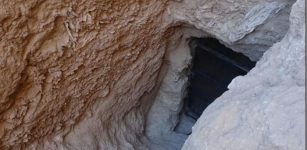 3,500-Year-Old Tomb Discovered In Luxor – Who Is The Royal Buried Inside?
Archaeology | Jan 16, 2023
3,500-Year-Old Tomb Discovered In Luxor – Who Is The Royal Buried Inside?
Archaeology | Jan 16, 2023 -
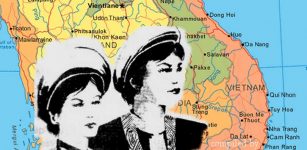 Trung Sisters Of Vietnam: National Heroines That Stood Against Cruel Chinese Occupation Of Their Country
Featured Stories | Apr 29, 2019
Trung Sisters Of Vietnam: National Heroines That Stood Against Cruel Chinese Occupation Of Their Country
Featured Stories | Apr 29, 2019 -
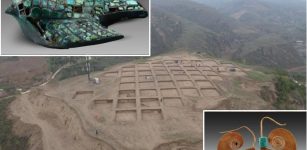 Fortified Bronze Age City Filled With Magnificent Ancient Treasures Solves A Mystery In China
Archaeology | Nov 21, 2023
Fortified Bronze Age City Filled With Magnificent Ancient Treasures Solves A Mystery In China
Archaeology | Nov 21, 2023 -
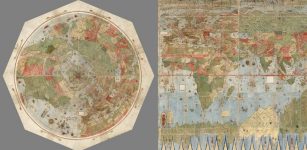 Unique Ancient Map Depicting The Earth As Seen From Space Restored Digitally
Archaeology | Dec 18, 2017
Unique Ancient Map Depicting The Earth As Seen From Space Restored Digitally
Archaeology | Dec 18, 2017 -
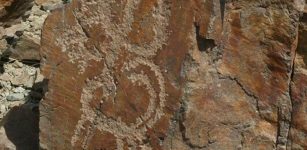 Petroglyphs Hold Secrets To 14,000 Years Of Human Life In Iran
Archaeology | Apr 30, 2020
Petroglyphs Hold Secrets To 14,000 Years Of Human Life In Iran
Archaeology | Apr 30, 2020 -
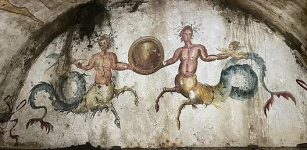 Remarkably Well-Preserved 2,000-Year-Old ‘Tomb Of Cerberus’ With Amazing Frescoes Discovered In Italy
Archaeology | Oct 12, 2023
Remarkably Well-Preserved 2,000-Year-Old ‘Tomb Of Cerberus’ With Amazing Frescoes Discovered In Italy
Archaeology | Oct 12, 2023 -
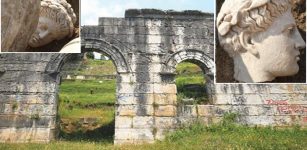 Statue Of Apollo Discovered in Ancient City Of Prusias ad Hypium, Turkey
Archaeology | Aug 26, 2022
Statue Of Apollo Discovered in Ancient City Of Prusias ad Hypium, Turkey
Archaeology | Aug 26, 2022 -
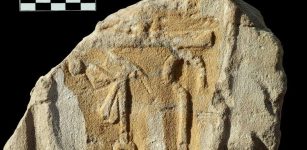 Gebel El Silsila: Remains Of Long-Lost New Kingdom Temple Found
Civilizations | May 19, 2015
Gebel El Silsila: Remains Of Long-Lost New Kingdom Temple Found
Civilizations | May 19, 2015 -
 Why Was The Moretta Mask So Popular?
Ancient History Facts | Feb 14, 2020
Why Was The Moretta Mask So Popular?
Ancient History Facts | Feb 14, 2020 -
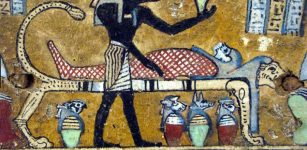 Unique Chinchorro Burial Tradition For All And Ancient Egyptians Who Mummified Kings And Nobles Only
Ancient Traditions And Customs | Nov 1, 2017
Unique Chinchorro Burial Tradition For All And Ancient Egyptians Who Mummified Kings And Nobles Only
Ancient Traditions And Customs | Nov 1, 2017 -
 Pharaoh Ay – A Man With A Hidden Agenda Or A Victim Of Unfortunate Circumstances?
Featured Stories | Feb 5, 2019
Pharaoh Ay – A Man With A Hidden Agenda Or A Victim Of Unfortunate Circumstances?
Featured Stories | Feb 5, 2019 -
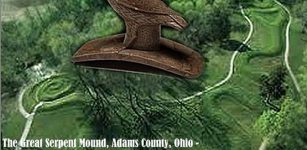 Great Serpent Mound Of Ohio: Most Famous Ancient Earthwork Of North America
Civilizations | Mar 17, 2014
Great Serpent Mound Of Ohio: Most Famous Ancient Earthwork Of North America
Civilizations | Mar 17, 2014 -
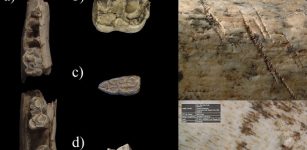 Neanderthal Hunting Camp Discovered In The Center Of The Iberian Peninsula
Archaeology | Aug 30, 2021
Neanderthal Hunting Camp Discovered In The Center Of The Iberian Peninsula
Archaeology | Aug 30, 2021
